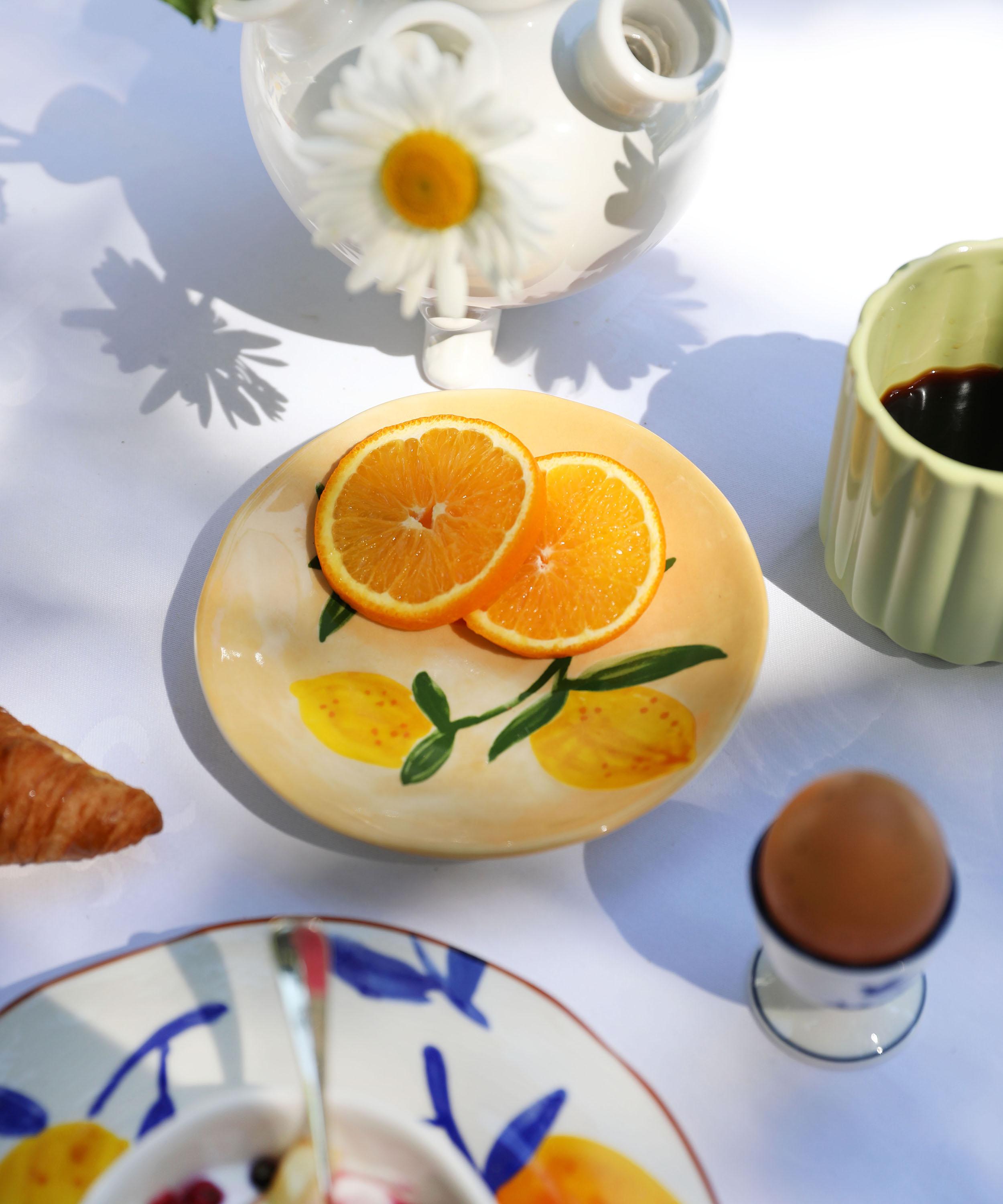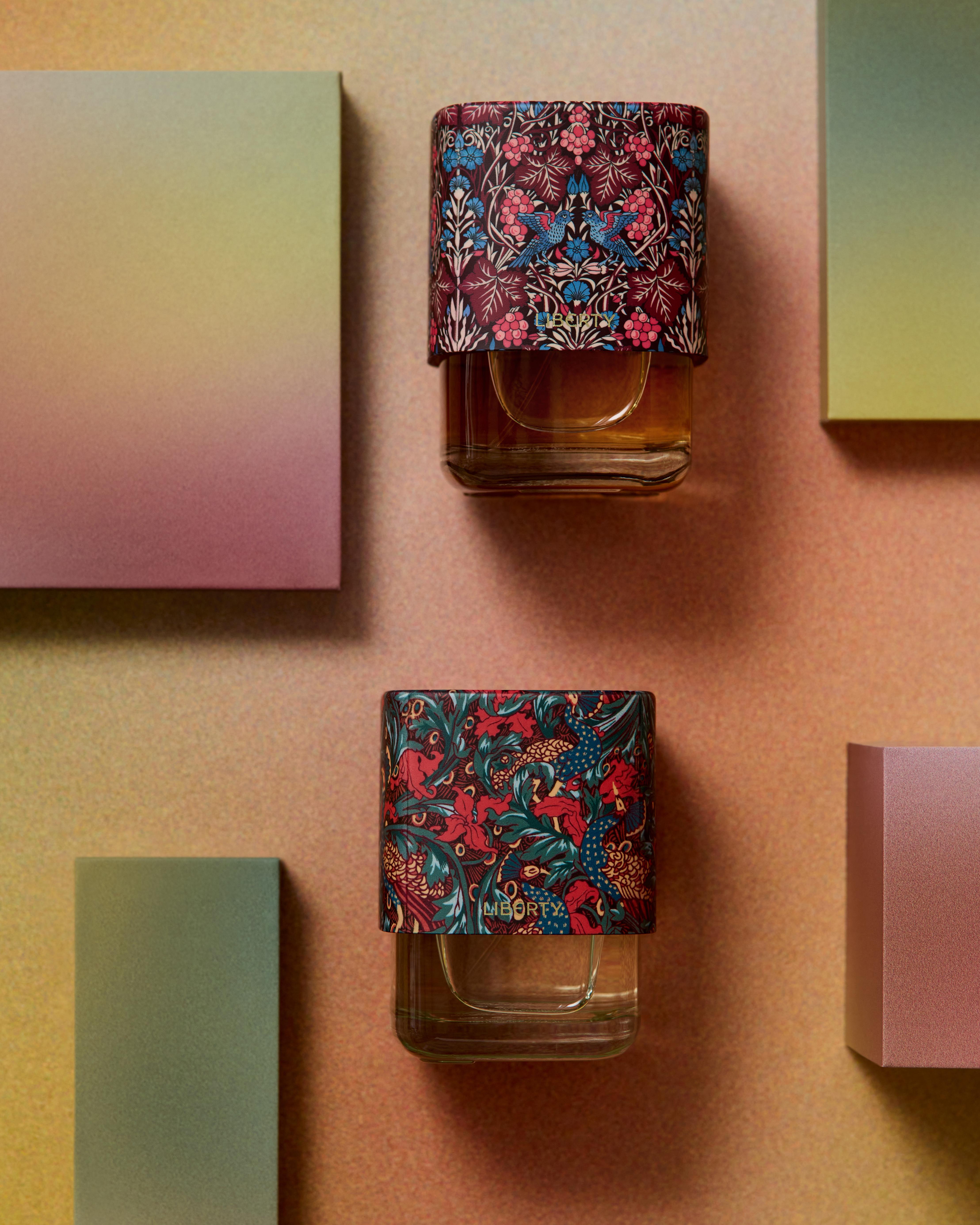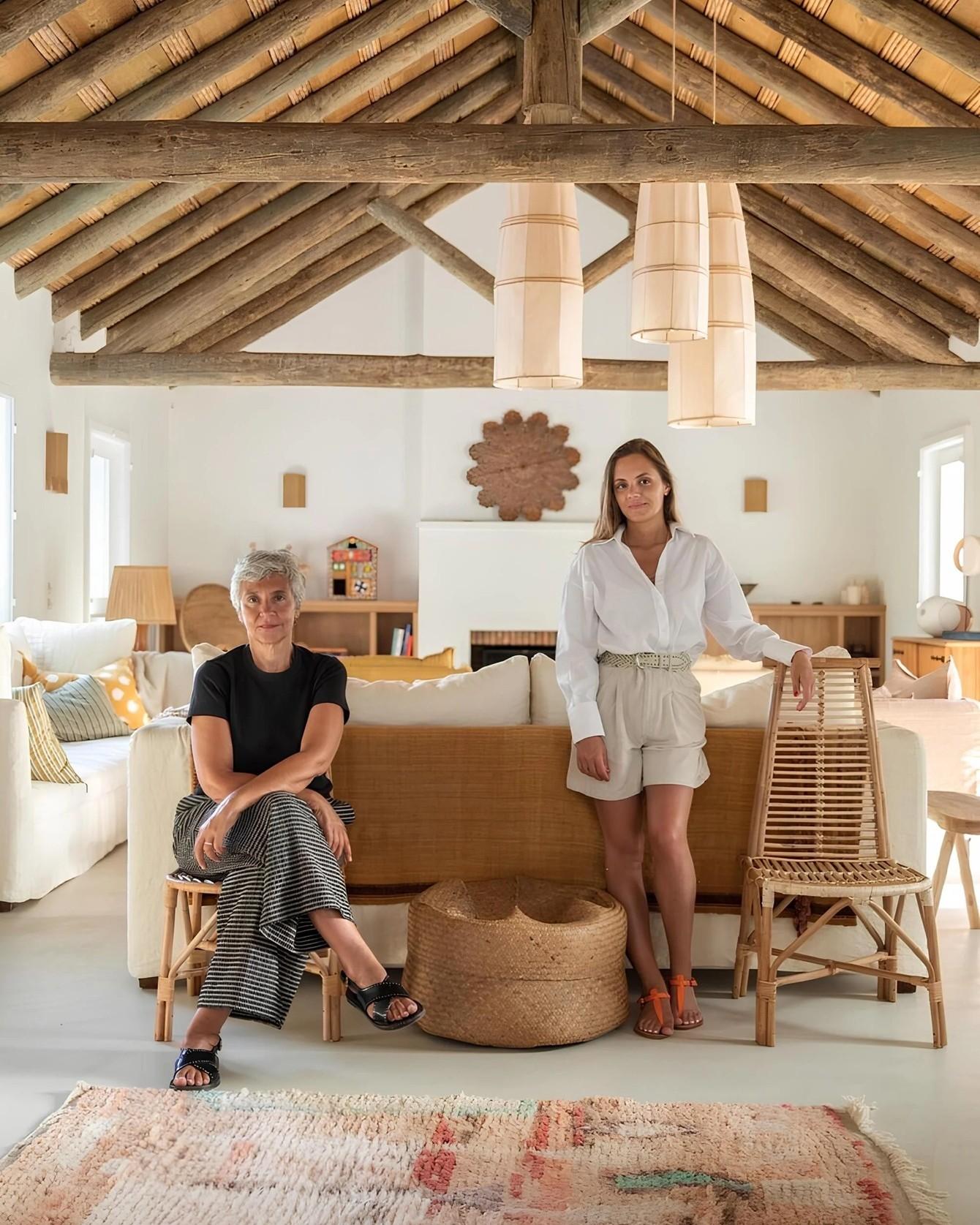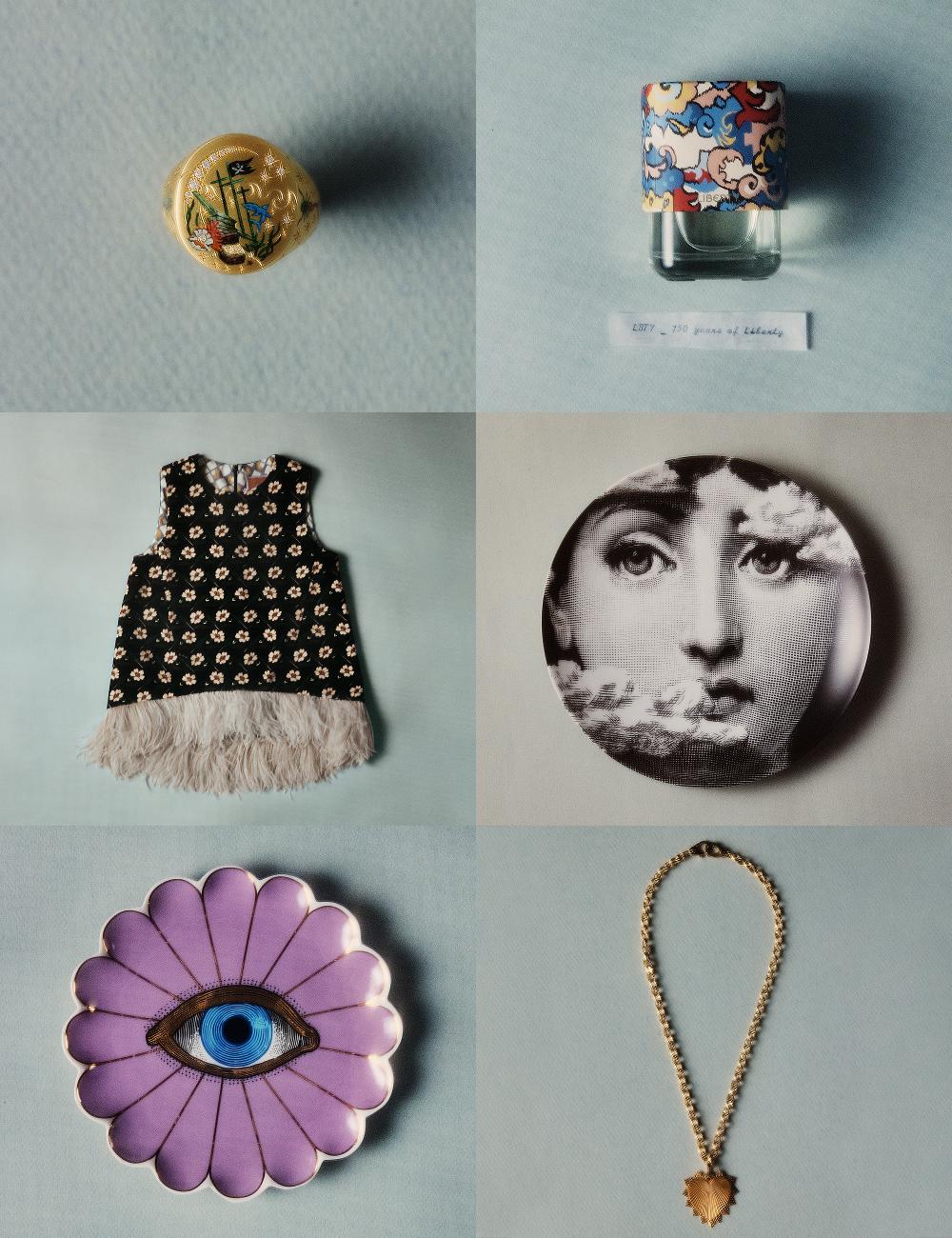The Ship That Docked
While the doors to our wood-beamed Tudor building are temporarily closed, we uncover the fascinating history of craft that lies behind it
Read more
The Ship That Docked
While the doors to our wood-beamed Tudor building are temporarily closed, we uncover the fascinating history of craft that lies behind it
Discover Liberty CollectionsBy: Team Liberty
In his plan for the Liberty store, our founder Arthur Lasenby Liberty had imagined docking a ship in the middle of London’s shopping streets, laden with art and design treasures sourced from the four corners of the globe. In the mid-1920s this visionary idea finally came to full fruition when the new Tudor emporium was opened on Great Marlborough Street.
The Tudor building sailed into existence as a riposte to strict urban planning rules, as the Crown Estate insisted that all buildings on Regent Street should conform to a John Nash-inspired, Beaux Arts classical façade. Liberty’s original East India House building, which was linked to the new site by a bridge, had to conform to this style – but as the Great Marlborough Street addition was built on a freehold site, the designers and architects were able to get a little more creative with their plans. The result? a Tudor Revival marvel that epitomises the charm and workmanship of Arts and Crafts style, constructed from the timbers of two decommissioned Navy ships and transformed into an instant London icon.
Liberty’s larger-than-life flagship building was designed by Edwin Thomas Hall and his son and business partner Edwin Stanley Hall at the height of the ‘20s fashion for Tudor-inspired architecture. Building work started in 1922, undertaken by contractors Messrs Higgs & Hill for the lump sum of £198,000 – rather more than the borrowed £2,000 Arthur started the store with back in 1875. Hall Sr. was born in 1851, studying at the Kensington School of Art and working in the office of the Irish civil engineer and novelist Joseph Fogerty, before starting his own architectural practice in 1875, and later becoming vice-president of RIBA (the Royal Institute of British Architects) in 1908. Liberty’s Tudor building was his last work, and quickly became his best-known.
The building was created with a strong focus on the use of high-quality natural materials and first-rate artisans that epitomised the “head, hand and heart” design philosophy of the Arts and Crafts movement, with its key tenets of imagination, skill and authenticity. The Tudor style of the building reflected Arthur’s admiration for that period’s traditions of master craftsman guilds and merchant adventuring. The exterior was conceptualised to resemble a line of historic timbered shops like The Rows in Chester, a historic walled city in the North West of England. The store’s homey interior structured around a series of three atriums, surrounded by smaller rooms complete with fireplaces and wood panelling. Liberty’s own skilled artisans made all the fittings and furniture for these rooms in their Highgate workshop, with a team of twenty specialists working for 18 months on the carving alone. The casement windows on the frontage were fitted with intricately painted glass panes created in the style of Albrecht Dürer, while the roof of the east Central Gallery features the heraldry of Ben Jonson, Sir Thomas More, Sir Philip Sidney, Sir Francis Bacon, George Herbert and William Shakespeare – an architectural love letter to the statesmen, adventurers and artists of the era.
More than 24,000 cubic feet of ships’ oak and teak timber were used in the building’s construction, with the vessels’ decks forming the flooring of the store – the HMS Impregnable was built from 3,040 100-year-old oaks from the New Forest, while the HMS Hindustan measured the exact length and height of the completed store. This exterior timbering was backed by brickwork carved on site, finished with white stucco and blocks of Portland stone hand-chiselled from the Dorset quarry face. A 1924 publication states that in the course of their meticulous work, Liberty’s craftsmen had achieved “that ‘something’ which it is impossible to get from men who are obliged to do their work in the efficient, but soulless, factory of our times” – a quintessential feeling of individuality, informed by the powerful Arts and Crafts ethos of quality and truth to materials.
Telegraphing Liberty’s unique sense of character to passers-by are features such as the 4ft, 112-pound gilded copper Mayflower ship weather vane swinging among the rooftop chimney stacks, and the clockface located on the Tudor building’s bridge to East India House. Designed by E. P. Roberts of Liberty’s cabinet studios and made by Mr Hope-Jones, then-Chairman of the British Horological Institution, the clock has a winged head at each spandrel to symbolise the Four Winds, with carved stone sections representing Day and Night. At the chiming of each hour, St George and the Dragon appear in a recess above the clockface to fight it out, and on the arch’s keystone is a wise inscription honouring Father Time himself: “No minute gone comes ever back again; Take heed and see ye nothing do in vain.”
Arthur Lasenby Liberty passed away five years before construction started on the Tudor building, and so never got to witness his dream of the good ship Liberty becoming a reality. However, the brand continues to pay tribute to our founder’s adventurous spirit and pioneering vision for the future of his store – one that we are proud to champion and to evolve. Today a marble bust of the man himself stands in the entryway on the Ground Floor, ready to welcome visitors on their very own voyage of discovery through his beloved emporium.





